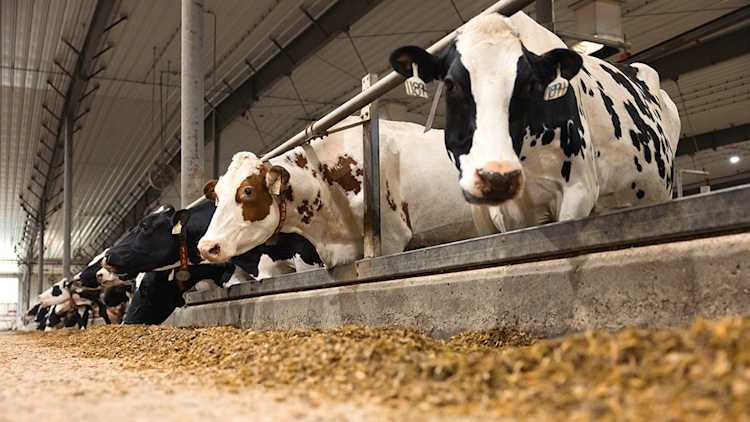3 reasons why dairy farmers need a cash flow statement

Dairy farming in Canada is unique. While monthly milk cheques provide some revenue predictability, solid financial management and cash flow management is required to maximize profitability and achieve long-term success.
Analyzing your cash flow and utilizing cash flow statements builds a clear understanding of the inflow and outflow of net cash within the business.
Here are three reasons why every dairy farmer should regularly track and manage cash flow:
1. Track expenses
Matt Creechan, partner at KPMG Private Enterprise, says that while dairy revenue is steady, there are still seasonal expenses.
With these varying expenses throughout the year, it’s important to anticipate and prepare for them, whether they are a one-time expense or lump sum annual payments.
Monthly milk cheques provide revenue predictability, but cash flow management helps maximize profitability.
While the financial structure of dairy farms has traditionally allowed for sizable operating loans, Creechan stresses the importance of actively managing cash and making the distinction between available cash and use of a line of credit.
Regular cash outflow management also helps to track expense increases, such as input costs, especially when working with multiple suppliers.
“If your $1,000 bill goes up by $100, you may not worry too much about it, but if you have five or 10 suppliers that that’s happening to, it can very quickly put you behind,” Creechan says.
2. Plan for capital investments and transition
Whether you’re upgrading equipment or undertaking a larger project like a barn rebuild or expansion, analyzing the related cash flow requirements is critical.
“It’s important that you aren’t buying equipment from cash or your operating line, but rather matching the financing to the life of the asset to protect your cash flow going forward,” Creechan says.
In the long term, effective cash flow management allows you to act on opportunities such as reinvesting in infrastructure or expanding through land or quota purchases.
It also aids in transitioning the farm to the next generation. Sufficient cash flow means the farm business can compensate the retiring generation and have enough flexibility or available cash flow to potentially pay non-farm siblings, which is a common planning issue Creechan sees.
3. Management culture
Building a culture of responsible cash management and use of debt are key to a highly successful dairy farm, Creechan says.
Develop a realistic cash budget annually, he says, and compare your cash flow to the budget on a quarterly basis to see if your goals are being met.
Tracking cash flow doesn’t have to be complex and sophisticated. Whether it’s recording cash transactions digitally or by hand in a notebook, designing a system that’s realistic for you to actually use is what matters most.
Review your cash flow data when making management decisions. If cash is constrained, analyze all the farm’s input costs, determine the difference between a need and a want and determine the best return on investment for your dollar. Share cash flow challenges with other decision makers in the operation so they are aware there is not a surplus and can act accordingly.
Article by: Rebecca Hannam
